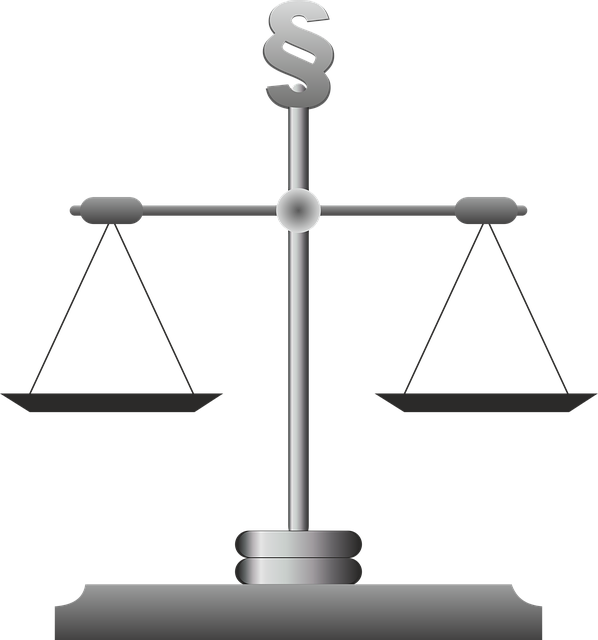C-Level Investigations are comprehensive probes into misconduct, particularly focusing on top executives. They uncover violations like Common Securities Regulation Breaches (CSRBs) in litigation, which can severely impact corporate reputation and legal standing. These investigations navigate complex legal terrain, tracing activity origins and identifying perpetrators to aid legal proceedings. Compliance measures, including training, documentation, and ethical culture, help prevent CSRBs. Litigating against executives for these breaches presents high-stakes challenges requiring meticulous strategies. Case studies offer critical insights into CSRBs' impacts and enforcement, aiding in strengthening corporate governance and market integrity.
“In the complex world of corporate governance, C-Level investigations play a pivotal role in upholding integrity. This article delves into the intricacies of these high-stakes inquiries, exploring their scope and impact on businesses. We analyze ‘Common Securities Regulation Breaches’ from a legal standpoint, highlighting their significance in litigation. Furthermore, it examines compliance’s preventive measures and its role in detection. With strategies and challenges in litigating against executive leadership, this piece offers valuable insights through notable case studies, emphasizing the critical aspect of addressing securities violations.”
- Understanding C-Level Investigations: Uncovering the Scope and Impact
- Common Securities Regulation Breaches: A Legal Perspective
- The Role of Compliance in Preventing and Detecting Violations
- Litigating against Executive Leadership: Strategies and Challenges
- Case Studies: Notable Securities Regulation Breach Investigations
Understanding C-Level Investigations: Uncovering the Scope and Impact

C-Level Investigations refer to high-level inquiries into misconduct or illegal activities within organizations, often focusing on top executives and decision-makers. These investigations are comprehensive processes designed to uncover the truth behind potential violations, such as common securities regulation breaches in litigation, which can have significant implications for both corporate and individual clients. The scope of C-Level probes extends far beyond mere fact-finding; they involve navigating complex legal landscapes and understanding the intricate web of relationships within an organization.
The impact of these investigations is profound, as they not only affect the reputation and financial standing of companies but also shape regulatory frameworks. In cases of white-collar and economic crimes, C-Level Investigations play a pivotal role in all stages of the investigative and enforcement process. They ensure accountability by delving into the origins of illegal activities, identifying perpetrators, and providing crucial insights for legal proceedings.
Common Securities Regulation Breaches: A Legal Perspective

The landscape of securities regulations is intricate and ever-evolving, presenting a complex web for companies to navigate. Common Securities Regulation Breaches (CSRBs) often emerge as focal points in litigation, with significant legal implications. These breaches can stem from various actions, such as misrepresenting financial data, insider trading, or failure to disclose material information, each carrying the potential for substantial penalties and reputational damage.
In the realm of white-collar defense, CSRBs are challenging to navigate. While jury trials offer a platform for legal teams to present complex arguments, winning challenging defense verdicts requires meticulous preparation and a deep understanding of regulatory nuances. Legal professionals must carefully examine the facts, interpret applicable laws, and construct strategic defenses to mitigate risks and protect their clients’ interests in these high-stakes cases.
The Role of Compliance in Preventing and Detecting Violations

Compliance plays a pivotal role in preventing and detecting violations, especially in the context of Common Securities Regulation Breaches in Litigation. Effective compliance programs equip organizations with robust mechanisms to adhere to legal and regulatory frameworks, thereby minimizing the risk of such breaches. These programs involve rigorous training for employees, meticulous documentation, and regular audits to ensure adherence to standards set by regulatory bodies.
By fostering a culture of ethics and accountability, compliance measures act as a shield against legal pitfalls. Moreover, it aids in rapid detection of any deviations or anomalies, enabling prompt corrective actions. This proactive approach not only protects the organization from financial losses but also enhances its reputation among the philanthropic and political communities across the country.
Litigating against Executive Leadership: Strategies and Challenges

Litigating against executive leadership presents unique challenges when it comes to Common Securities Regulation Breaches in Litigation. These high-profile cases often involve complex financial transactions, intricate corporate structures, and individuals with significant legal representation. The stakes are high, as the outcome can determine not only the fate of the executives but also the respective business’s future. Strategies employed must consider the dynamic nature of these cases, where every detail matters.
One common challenge is navigating the sheer volume of information and documentation required at all stages of the investigative and enforcement process. Securing complete dismissal of all charges is a primary goal for any organization or individual under scrutiny. However, this requires meticulous planning, gathering of evidence to counter allegations, and a deep understanding of regulatory frameworks. The use of expert witnesses and specialized legal teams becomes crucial in presenting a robust defense that can withstand intense scrutiny.
Case Studies: Notable Securities Regulation Breach Investigations

In the realm of corporate investigations, case studies offer invaluable insights into complex issues such as common securities regulation breaches in litigation. Notable examples highlight critical failures in financial reporting, insider trading, and other misdeeds that have profound implications for businesses and investors alike. These investigations not only expose wrongdoing but also serve as a guide for prevention and improved compliance practices across the country.
By examining successful prosecutions and subsequent jury trials involving white-collar and economic crimes, professionals gain a deeper understanding of regulatory frameworks and their enforcement mechanisms. The lessons drawn from these cases are instrumental in fortifying corporate governance structures, ensuring transparency, and upholding the integrity of financial markets. This proactive approach is essential in mitigating risks and instilling public trust during turbulent economic times.
C-level investigations play a pivotal role in upholding securities regulations, ensuring corporate accountability, and restoring public trust. By understanding the scope and impact of these inquiries, recognizing common legal breaches, and leveraging compliance strategies, organizations can effectively prevent and detect violations. Moreover, examining case studies provides valuable insights into navigating complex litigation against executive leadership. In light of the above, staying informed about Common Securities Regulation Breaches in Litigation is essential for all stakeholders to foster a culture of integrity and transparency at the highest levels.






